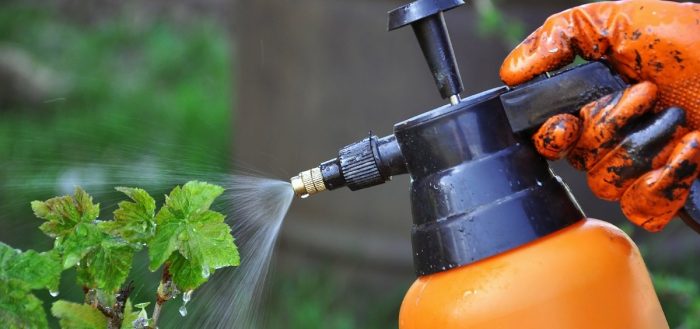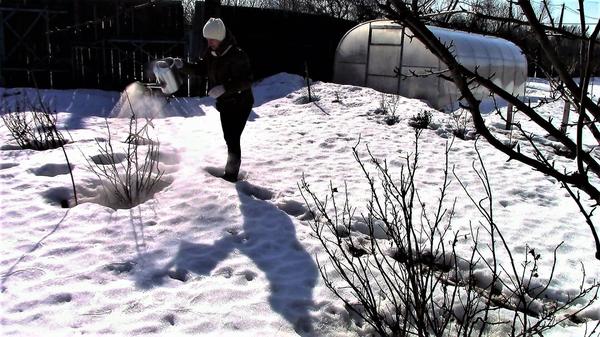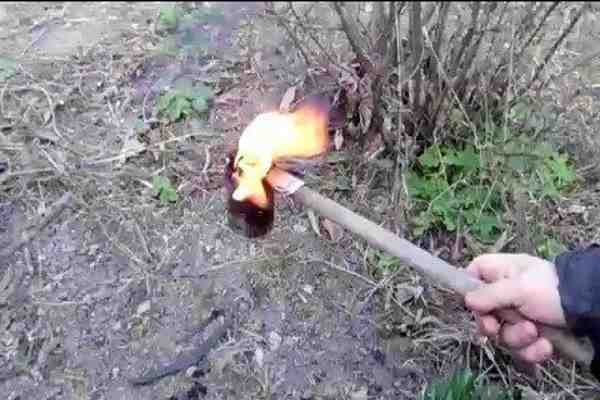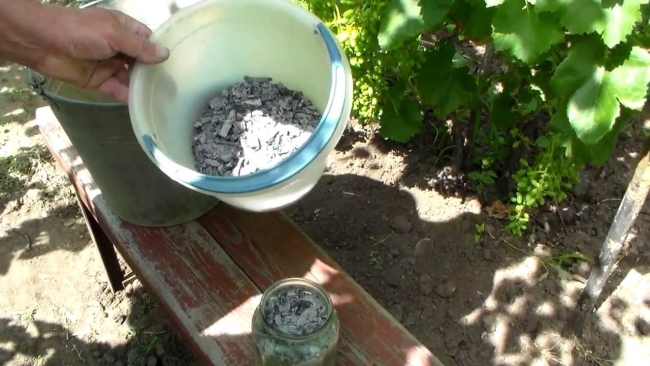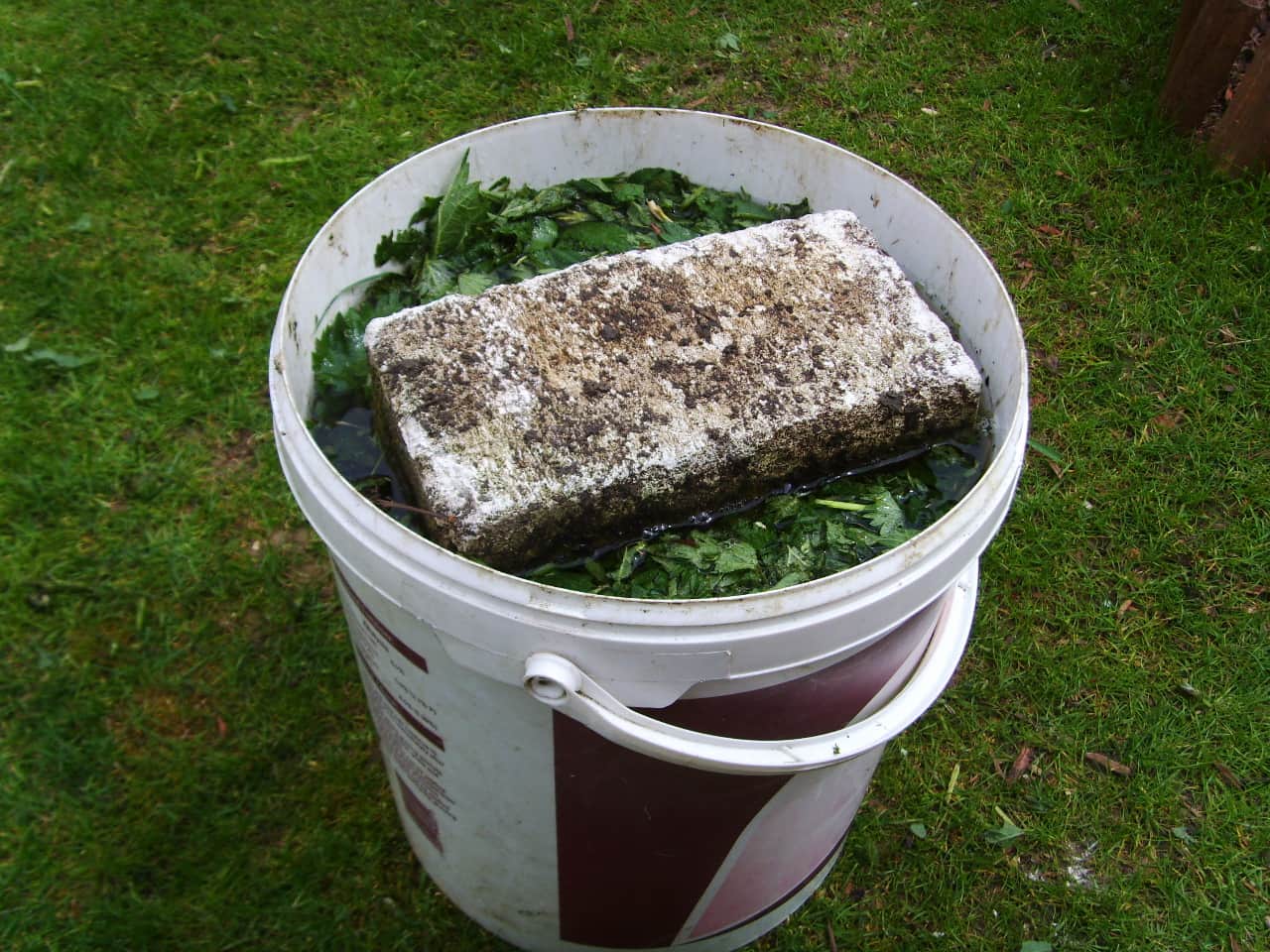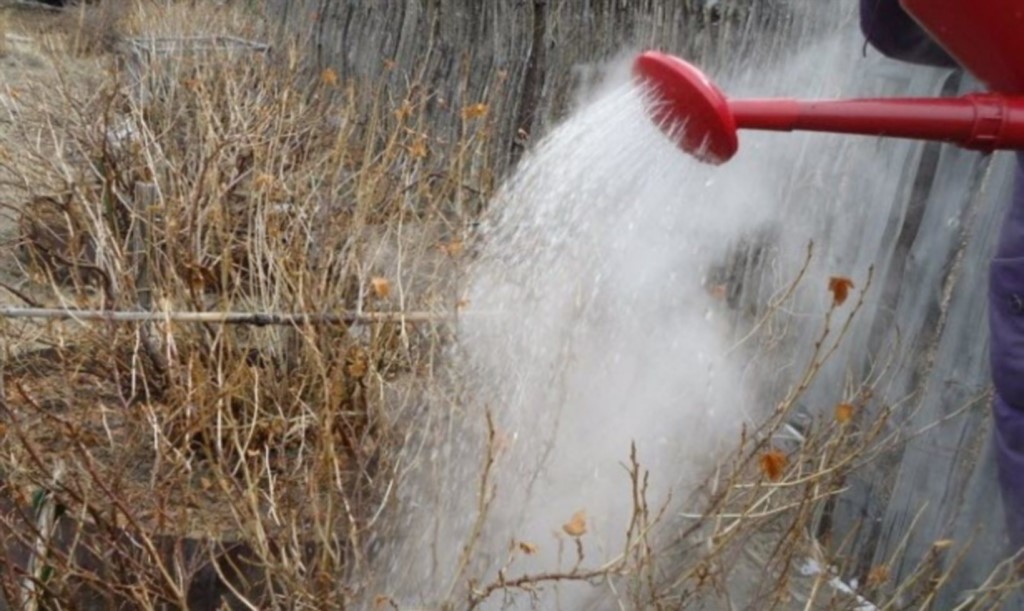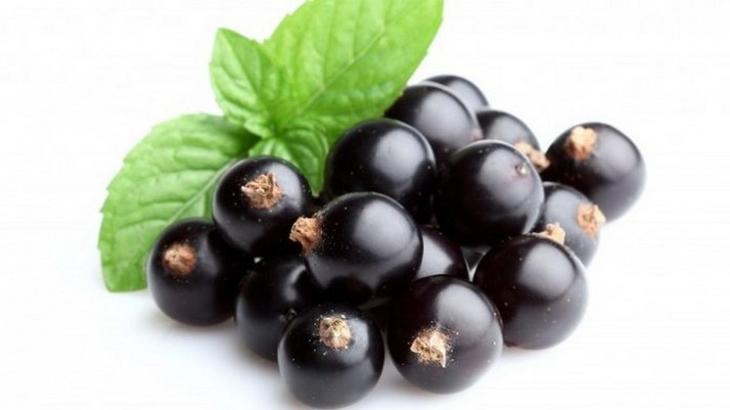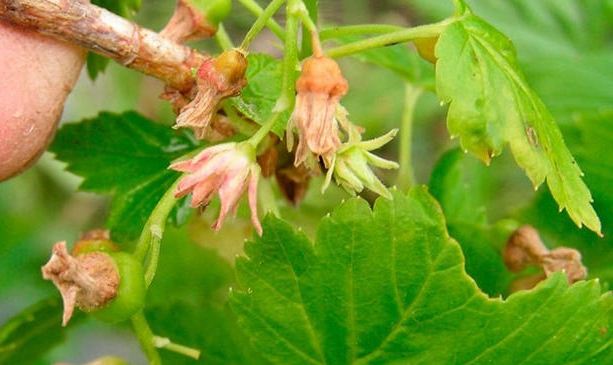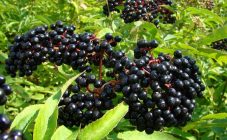Content:
It is difficult to find another berry as rich in vitamin C as black currant. The fruits of the bush are simply an irreplaceable assistant in case of colds or vitamin deficiency. To get a good harvest, the fruit bush must be properly processed. Pruning and feeding of bushes, as well as processing of black currants in the spring, cannot in any case be skipped.
Why black currants are processed
Most insects harmful to the bush successfully survive the winter in the soil or on the branches of the plant. With the arrival of spring, they leave their shelters, actively multiply and, getting hungry, quickly destroy young shoots and leaves. In this case, there is no need to hope for a harvest.
The currant is a durable shrub, but it can also be damaged by fungal or bacterial damage to branches, roots or leaves. The fight against diseases and their prevention is an important spring event for the summer resident.
In addition, it is worth processing them in order to give the plant more natural strength. After winter is over, damaged and dry twigs are often visible on the bushes. They only burden the currants, cast a shadow and can become a habitat for many parasites. Regular sanitary pruning is part of the proper maintenance of this fruit bush.
When to process
For effective pest and disease control, it is important not only to choose a successful method and means of control, but also the time to complete this task. You need to process the bush during the spring at least 4 times:
- Before buds appear on the branches. In this case, spraying is performed to destroy the larvae that have survived the frost and can crawl to the surface. Since the currant itself has not yet woken up during this period, it is unlikely that it will be possible to harm its growth in this way. Cutting off the tops of the bush will also be appropriate during this period if a felt gray bloom is seen on them - a consequence of powdery mildew. Full rejuvenation of the bush (short pruning of all the branches), or at least the removal of already affected buds must be carried out if a kidney mite is introduced;
- The beginning of flowering. Don't wait for all the flowers to bloom. The best period will be the moment when the individual leaves of the buds are just beginning to separate. Until the time of blooming, treatment with the necessary preparations is carried out to destroy such insects and their larvae as spider mites, aphids;
- After flowering is complete. During this period, the currants should be processed in order to protect themselves from a number of dangerous pests, in particular, gooseberry moth, gall midge, ticks;
- Approximately 10-14 days after flowering is complete. In this case, you can simply heal the bush with a special drug.
It is difficult to name the exact dates of processing, because every year the spring period is distinguished by its own weather. Therefore, it is worth monitoring the behavior of your currant, its readiness to "wake up". It is important not to forget that the appearance of kidneys usually occurs very early and suddenly.
An additional stage of processing can be the period when the owner noticed the fungal area on the plant.
How to protect black currants
Experienced gardeners and gardeners point to different options for processing fruit bushes. These can be conditionally divided into 2 groups:
- folk methods;
- chemicals.
The latter are divided into 2 more subgroups:
- agrochemicals;
- biologics.
Traditional methods
Accessibility should be called the absolute advantage of folk processing methods. They do not require the cost of purchasing expensive drugs and special knowledge.
There are at least 4 of the most effective alternative methods for treating black currant.
Pouring boiling water
This method has been very popular for more than one decade. It takes neither time nor much effort.
In advance, the gardener must think about how to get to the bush, because warm water is not suitable for this procedure. The root system of the bush should be covered as reliably as possible with boards, metal sheets or other materials. If the plant has obvious damage (black leaf, swollen buds), it must first be cleaned mechanically, that is, manually removed the damaged areas. To carry out the procedure as safely, neatly and at the lowest cost as possible, you should first tie the branches together. The temperature should be 70-80 ℃. If it is slightly colder, there will be no effect from the treatment, but if it is hot, the plant itself will suffer from a thermal burn.
It is convenient to pour over from a watering can. This must be done as quickly and efficiently as possible. For even better results, it is allowed to add a few drops of potassium permanganate to the water.
You should not stay in one place for more than 5 minutes. Water consumption for 1 bush is about 5-6 liters. Re-pouring the plant, even if some places were missed, is prohibited.
Pouring boiling water over is performed for:
- destruction of powdery mildew spores;
- extermination of aphids;
- killing all ticks;
- improving the yield of currants;
- accelerating the growth of the bush;
- improving the immune function of the bush.
Open fire treatment
Quite difficult, however, an effective method in the fight against parasites. It is performed as soon as the snow melts, while the bush has not yet woken up. The procedure can be performed either with a blowtorch, or with a homemade torch, or with a gas torch. Processing should be carried out at a distance of 8-10 cm from the plant itself. A hot bush may start to smolder, then it should be extinguished. But not all gardeners recognize this method, because it is quite dangerous and can destroy currants.
Ash
Spraying the twigs with an ash solution is safe enough (for the gardener himself and for the bush) and cheap. To prepare the liquid, you need to mix about 1 kg of very fine wood ash and 10 liters of water. The solution should be well infused - about 3-4 days. You can spray the bush on a calm, windless, but not rainy evening. Alternatively, you can use a soft bone instead of a spray bottle. Not a single twig or leaf should be missed, otherwise, the bush will still be infected.
This folk method can also be used to protect many other bushes, trees and vegetable plants, such as gooseberries, raspberries, cherries, and cabbage.
Herbal infusions
Not to harm the plant, but, on the contrary, to provide it with a good harvest, strong immunity and strength can be "natural medicines". There are several recipes for cooking:
- Infusion of onion peels. About 1.5 kg of husk should be poured with boiling water and infused for several days. Strain the liquid before processing the currants. If the product comes out too saturated (dark, with a pungent odor), you can additionally dilute it with water. You need to process the bush several times with an interval of 1-1.5 weeks;
- Infusion of garlic. For 8-10 liters of water, you will have to use only 100 g of chopped garlic.You can infuse the liquid during the day;
- Needle extract. Ready-made coniferous extract can be bought without problems at a very affordable price in pharmacies. To cleanse the plant from parasites, water is added to the extract (about 1.5 tablespoons per 10 liters of water). The product must be used freshly prepared. After 5-7 days, you can repeat the procedure;
- Dandelion. This plant has long been known for its antiseptic and wound-healing properties. To prepare the infusion, you need to place 1.5-2 kg of the plant (along with the root) in a bucket of warm water. After a few hours, you can spray the bush.
Agrochemicals
The main advantage of agro-technical preparations is quality assurance. Such preparations do not require long-term preparation, are able to destroy a large number of pests and effectively fight many diseases. Subject to the correct use of agrochemicals, all further care for currants is greatly simplified.
Urea
For those who are thinking about the question: how to process black currants in the spring in order to destroy all the larvae of parasites, fungi, scab, urea will be the best option. To obtain an effective solution, you need to dilute 10 liters of water with 700 g of urea. You can also add 50-80 g vitriol. If the treatment with the drug is successful, not only any pest will disappear from the bush, but the growing process itself will be faster, and the taste of the berries will become even brighter.
Copper sulfate
Used mainly to overcome powdery mildew. Ectoparasite fungi can be transferred to the bush by both the wind and any ant or insect. Powdery mildew very weakens the plant, and therefore a bush infected with this disease almost never gives a crop. For spraying, you can use a 3% or 5% solution of copper sulfate. This must be done until a fresh bud appears on the branches.
inkstone
Not to be confused with the previous remedy. Used by gardeners for pest control, has proven itself as an effective prophylactic agent in the fight against anthracnose.
For the treatment of the bush, use a 1 percent or 3 percent solution. This procedure is best done before the shrub blooms.
Bordeaux liquid
In fact, it is a mixture of quicklime and copper sulfate. It is considered a universal remedy, because it can destroy virtually all currant parasites (including kidney, spider mites, aphids), and a number of plant diseases.
Biologicals
Unlike pesticides and agrochemicals, biological products are not harmful to humans, birds or animals. As a rule, they act more slowly than chemical agents, often need to be increased in concentration or repeated processing.
Aktofit
It has shown itself well in the fight against ticks, caterpillars, leaf moths, currant beetles and even with a bear and a Colorado potato beetle.
Gamair
The basis of the preparation is the stamp of the bacterium Bacillus subtilis M-22. Sold in pill and powder form. It belongs to universal remedies, since it can fight many plant diseases (including fungal and viral) pests.
Fitoferm
It is used to protect fruit crops from pests. Begins to act in about 6-7 hours. Effective in any, even very hot weather.
The list of the most popular biological products for protecting currants should also include: Trichodermin, Bitoxibacillin, Nemabakt.
All chemicals and biologicals should be used strictly according to the instructions.Do not increase the recommended dose yourself.
